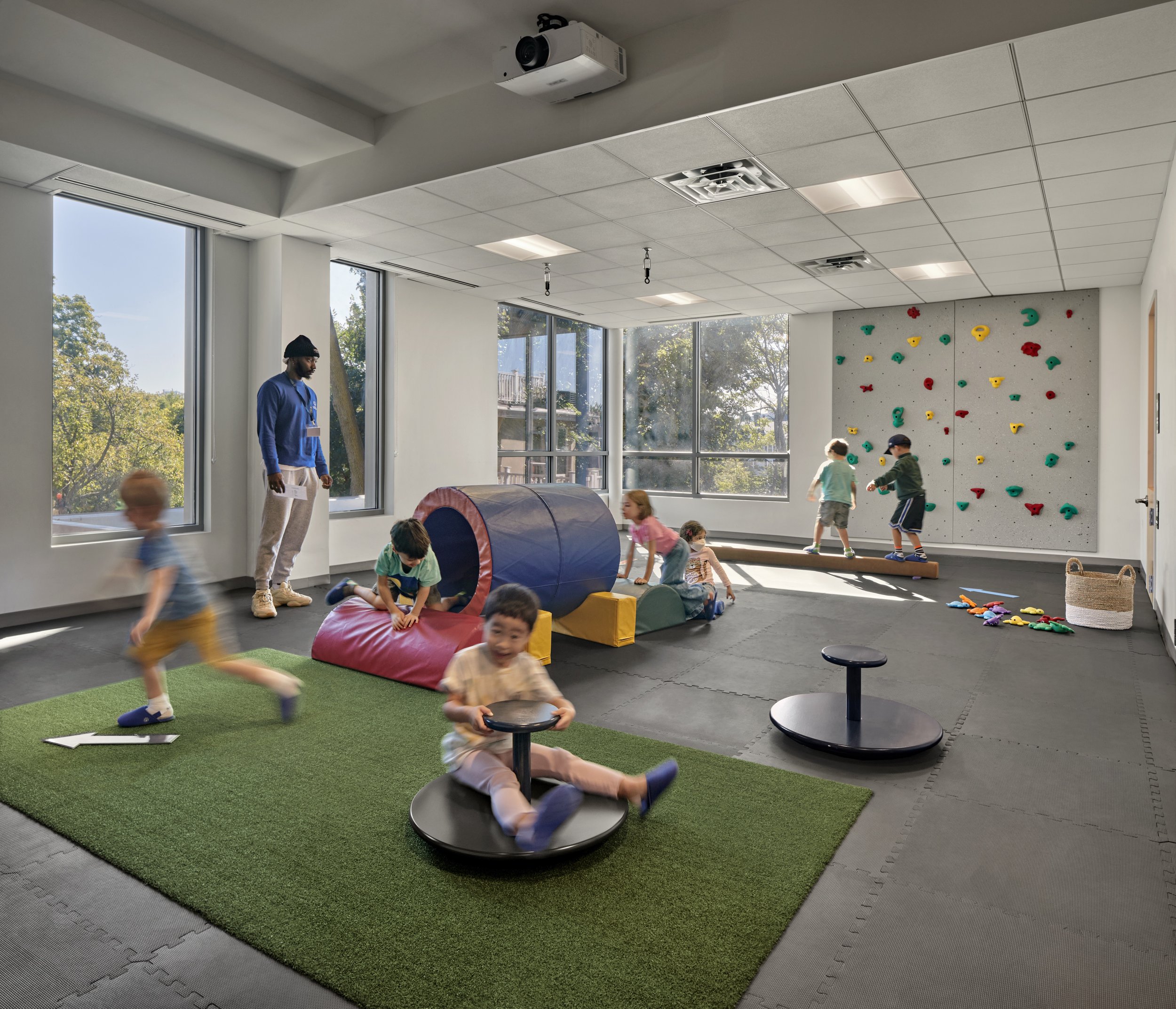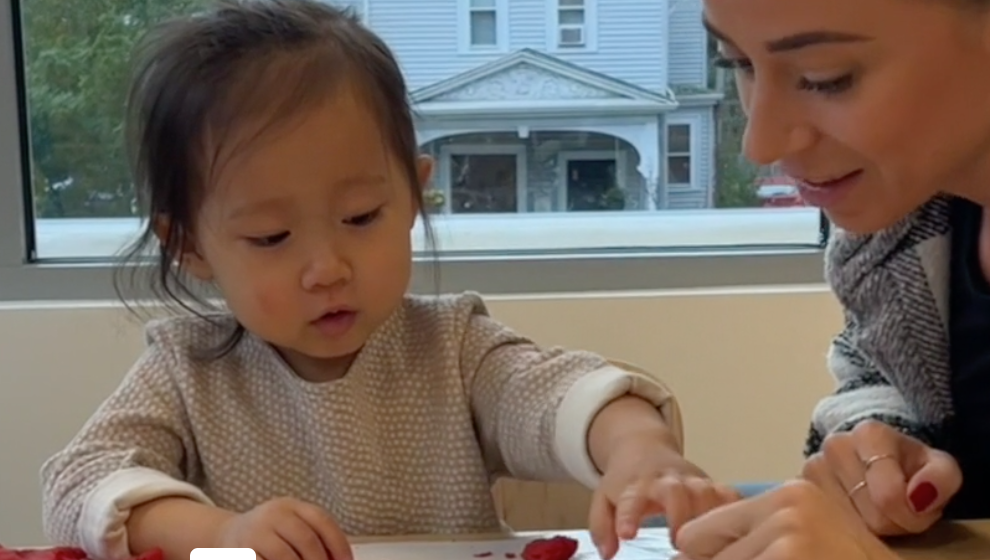
Math-rich classrooms are a hallmark of IntendED, offering children a multitude of learning opportunities through play and social connection. From block building with sizes and shapes, to dramatic play with sorting and classifying of foods, math opportunities abound.
The teacher is integral to the children’s progress, but this progress can happen only through careful observation, wondering together (“I wonder if we have enough dishes to have a party”), and modeling math language (“I see you have seven blocks. We have
an equal number”). Children delight in “figuring out” the way numbers work. The teacher’s job is to support the children and enable their progress.
Math skills also have important connections to a child’s self-esteem. When children feel overwhelmed or disengaged they may internalize the message that math is not for them. Therefore, learning opportunities for math should be enjoyable and educational. They must go hand-in-hand with positive feelings and emerging self-confidence.
Elements of Math in the IntendED Classroom include:
Number Recognition and Counting
Developing Number Sense
Graphing
Measurement
Geometry
Math in Classroom Areas
Expand any of the categories below to learn more about the IntendED approach to teaching Math:
-
Rote counting is important for the automaticity of the number sequence. In English, the numbers 13, 14, 15 can all sound quite similar as a child rapidly names the numbers from 1−20. For this reason, it is helpful for children to learn the sequence to 13 rather than 1−10 as a baseline.
The more experience children have with counting, the closer they come to developing a mental number line, an ability tied to later math success. For this reason, teaching staff should maximize opportunities for counting throughout the day. These include counting the number of friends at morning meeting, how many children wore rain boots or the number of steps to the playground, etc.
-
From the earliest ages, children develop number sense. Sweeping a collection of objects into their arms and declaring “Mine!” a child demonstrates the concept of many. Number sense refers to a child’s general understanding of number, quantity, and the impact of operations (adding and subtracting) on outcomes. As children are able to identify if two numbers are close together or far apart, or if quantities are vastly different or quite close to the same, their number sense develops.
-
Graphing is an important skill because it gives children an opportunity to use numbers to describe the story the graph tells.
To help the children understand graphing, attach a photo of each child to wooden blocks using clear packing tape. The blocks can then be used to identify the children who placed themselves in a specific category. For example, if the teacher asks a question about favorite animals, children can place their own block under their choice.
When everyone has placed a block in a category, ask the children to talk what they notice. Knowing the vocabulary of “more, less, and equal” is among the first mathematical skills, followed by “how many more, how many less?”
-
A “measuring kit” can provide easy access to regular measuring opportunities. The kit might contain yarn, string, links, adding-machine tape, or other objects.
Children love to experiment with measuring because it satisfies their interest in things being equal and fair—for example, “His piece is bigger than my piece!” Children also respond to measuring time. “Five minutes till cleanup!” builds their understanding of elapsed time. A variety of sand timers can also help children know when it’s time to give the next child a turn at a favored activity.
-
Children can experiment with shapes, and they can engage in meaningful conversations about the shapes within shapes, and the shapes we see every day in the architecture around us and in the world.
Playing with squares and rectangles to make triangles will help children see the kinds of triangles that are made by cutting a rectangle on the diagonal, versus those made by cutting a square diagonally. It’s exciting for children to see how a square can fit in the center of a hexagon. Activities involving scissors, geo boards, or toothpicks offer opportunities for shape discovery.
-
Teachers should support free play in all classroom areas and math is an integral part of these experiences. Teachers can extend the children’s thinking as it emerges while building with blocks of various shapes and sizes, pretending to be a chef or store owner during dramatic play, or engaging in math games, songs and fingerplays throughout the day.
Get started with the IntendED approach to teaching Math in your classroom. Subscribe for unlimited access to all our Educator Resources.




